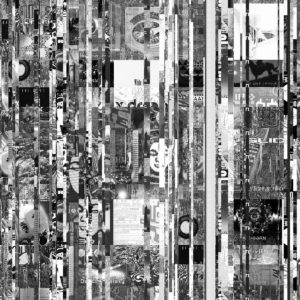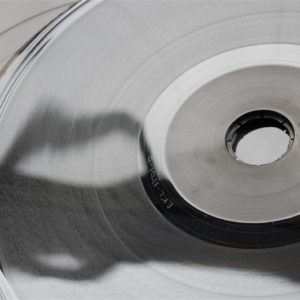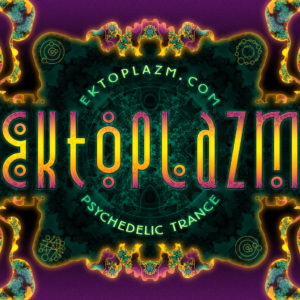
DJ charts have long been a fixture of the electronic music movement. Charts serve a simple purpose: to recommend music. I haven’t seen it mentioned before, but I suspect that the widespread popularity of top tens is at least partially rooted in the fact that they transcend language. Absolutely anyone can figure out what a top ten is all about with very little explanation required. As it translates well across national boundaries, the top ten can be considered basic currency in a global economy of taste and preference.
Unfortunately, the top ten format has earned a terrible reputation in recent years, particularly in the psytrance scene. I blame this on the ludicrous way in which music traders used the format to boast about what “unreleased killers” they had access to, many of which were probably fabricated. Print publications were relatively unaffected by this trend but the open and unregulated community spaces of the Internet gave rise to a virtual arms race of avarice and stupidity. As a result, many psytrance forums expunged top tens entirely in 2003 and 2004—and the focus shifted to in-depth and authoritative reviews for a while.
Top tens are still published here and there—I think you can still find them in the pages of Mushroom Magazine, for instance—but their importance has waned. Part of it may be that many psytrance fans have a lingering disdain for the format, or perhaps the way in which we recommend music to each other has changed?
Still, I wonder if the cursory dismissal of top tens as pointless and lame is somewhat short-sighted. Top tens have a few good things going for them: they are easy to compile, and anyone can grasp their meaning. Not only that, but human beings love lists. If we avoid the pitfalls of making a top ten chart—the tendency to glorify the unobtainable, for instance—perhaps they can serve a useful function after all. As some have observed, fewer and fewer authors (myself included) are publishing those unnecessarily thorough psytrance reviews that were so popular over the last few years. All summer long I have struggled to complete a serious review of, well, anything, and the idea of whipping up a top ten has grown more and more appealing. If what we’re really trying to do is recommend music, why not bring it back to basics?
So then, what makes a good DJ chart? Let’s break it down. First and foremost, I think it is important to cite music that most people can actually get their hands on—either now or in the near future. This is not to say that every track must be released, but there should be a balance. As a label owner, I see the appeal of listing a few tunes that are still under wraps: it is a simple way to leak information before finalizing and publishing the official promotional text for a given release. Including a few unreleased tunes is alright—as long as you doesn’t go overboard. Information accuracy also strikes me as being important, just as it is when we DJs publish a mix. If the details of a track are wrong how can people hunt it down?
I don’t think there is much more to it; everything else is just a matter of taste. I like a little variety in my top tens, but it might be useful to segregate based on style depending on what sort of range you’re working with. I have very broad interests in psychedelic trance and progressive electronic music so I might end up making different charts to cover these different aspects of what I like.
Of course, this post is likely a prelude to posting a few top tens of my own, something I haven’t done for years. As I mentioned, I have been finding it difficult to finish off any of the full-length reviews I’ve been working on this summer. Assembling a top ten should be comparatively easy, and possibly even therapeutic, in some strange way. I have been yearning to recommend some of the great music that has passed through my speakers this summer—and perhaps this is the way to do it!
Photo by Nick Hillier via Unsplash.








